As the first frost of the season looms, it is a great time for a little “fall cleaning” in your vegetable garden. Cleaning up your garden at the end of the season and preparing it for the colder winter months will help ensure the health of your garden for years to come. It also helps you hit the ground running come spring!
If you’re fortunate enough not to have frost in your area, just take cues from your annual plants for when to get things cleaned up for winter. As they begin to fade, you will know that it’s time.
In north central Indiana, I am in Zone 5A and my first frost is typically around October 15. Here is my checklist for putting my garden beds to bed for a long winter’s nap.
Clean up all dead annuals
This includes pulling annual plants from the ground and composting all foliage. Any annual plants that are diseased or bug infested should not go into the compost but rather, be bagged in trash bags and thrown away, as fungus and insect larva can thrive throughout the winter.
Also, be sure to clean up all dropped fruit and pull any weeds.
Tend to the compost
If you don’t have compost bins, fall is a great time to start them. We have been using our compost bins for about a year and I love it. Composting is an easy and free way to improve your garden soil and all the materials you are cleaning out of your garden will help give your compost a head start.
As you add foliage, vegetable scraps, grass clippings, annual weeds and other nutrient rich items to your compost, be sure to fork and turn it to help air circulate throughout the waste helping it break down into awesome organic matter.
Work the soil
Tilling and working in compost to the garden’s soil in the fall enables the ground to have a chance to breathe. It will also make it easier when you come back and till again in the spring.
Plant cover crops
My husband Adam swears by cover crops. He says that garden beds shouldn’t sit empty any more than two weeks.
We plant cover crops throughout each growing season as different vegetables in different beds begin to fade out, but they are especially important to plant in the fall. Cover crops help to build the soil, fight pests and diseases and to prevent weeds from taking over.
Cover crops should be planted about four weeks before the first frost. There are a lot of different cover crops to choose from like alfalfa, winter wheat, clover, buckwheat, winter peas, etc.
Add mulch
Mulch helps to protect soil quality and perennial plants, like strawberries, because it will help hold in the grounds heat. The mulch will also break down throughout the winter and give the bed great nutrient rich soil when you till the ground in the spring.
I know that when I hear the word “mulch” all I think of wood chips for landscaping, but mulch is actually a really broad term and means “any type of material that is laid out or spread over soil as a covering.” We plan to use straw in our garden this fall because it controls moisture really well and good bugs, like spiders, like to make it their home.
Clean tools
The fall is a great time to give your garden tools a little TLC. Clean off all the dirt and check for any signs of rust. Tools with wooden handles can benefit from a quick rub of sand paper in case they are splintering.
I also like to reorganize my garden tool storage area because it can get a little discombobulated throughout the summer when I am >gasp!< a little careless when putting things away. It’s also a good time to purge of gloves or tools if they are past their prime. (And then you can put them on your Christmas list!)
Also, don’t forget to unhook and drain your hoses to prevent them from freezing.
Make crop rotation plans
Crop rotation is important in preventing reoccurring problems with soil diseases and pests. It also will help you manage and balance your soil’s vitality as some plants drain the soil of more nutrients than others.
Last winter, Adam discovered Mother Earth News Garden Planner on their website. It is amazing. You lay out your garden (it’s kind of like playing The Sims) and plug in what was in each garden bed. The planner will tell you which beds are best and the beds you should avoid for each specific crop as you plan for next year. Pretty cool, huh?
Don’t forget to add “Kick Back” and “Reflect on a great season” to your list. Before you know it, you will be buying seeds and doing it all over again!

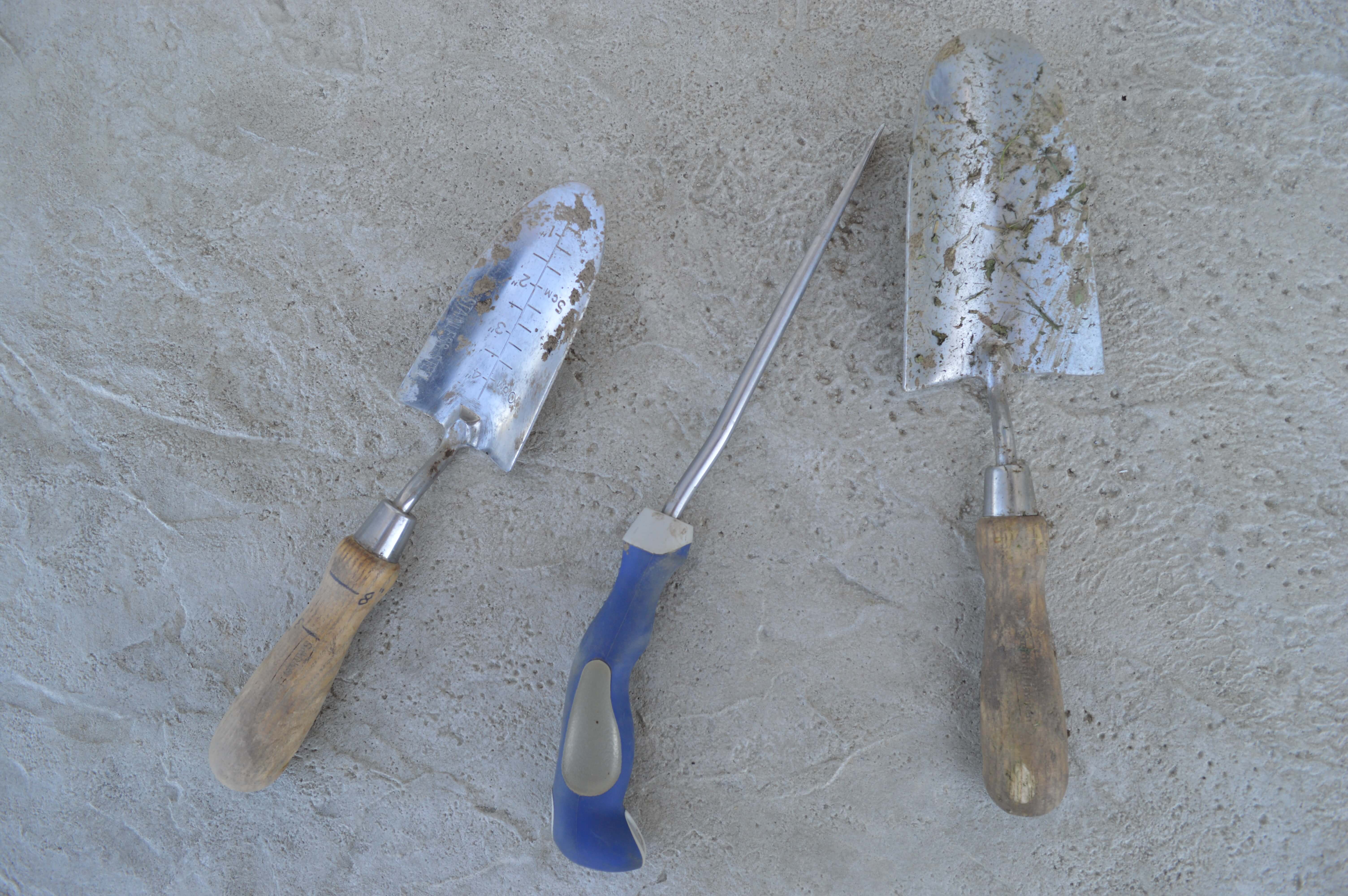
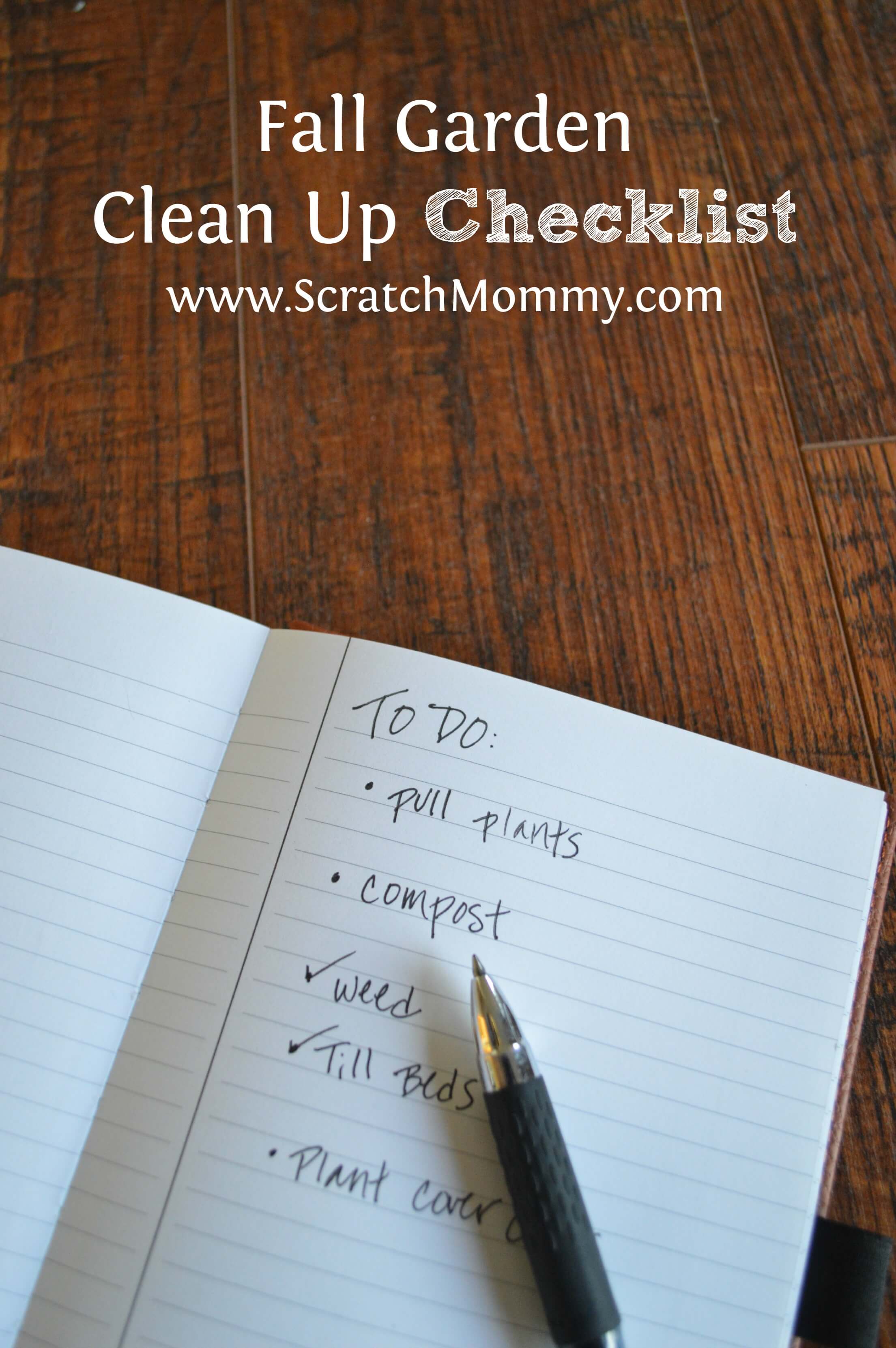
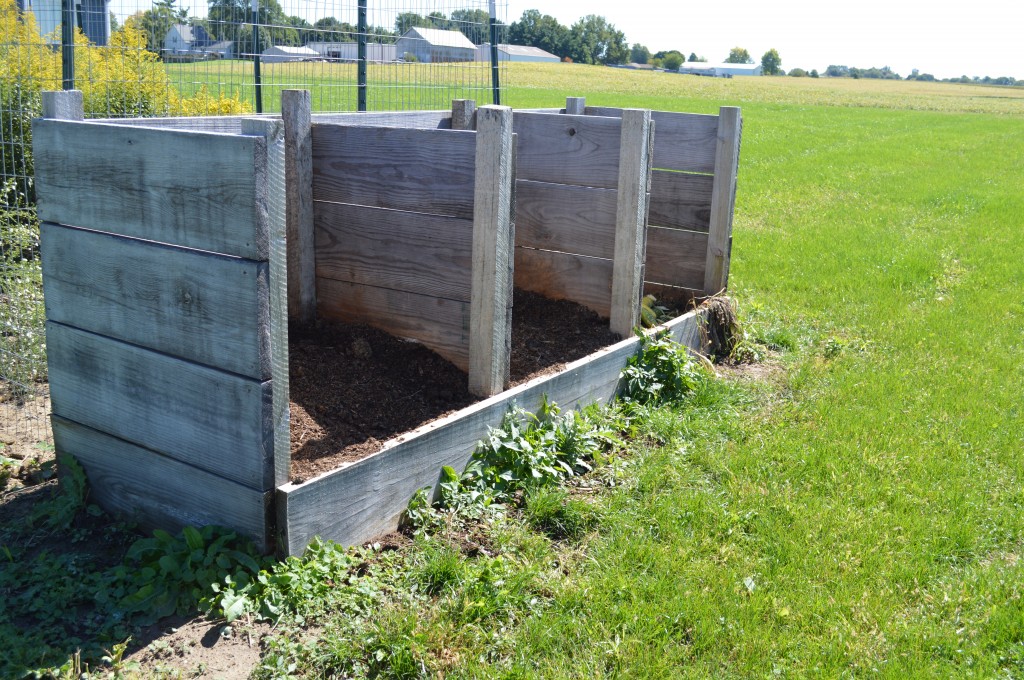
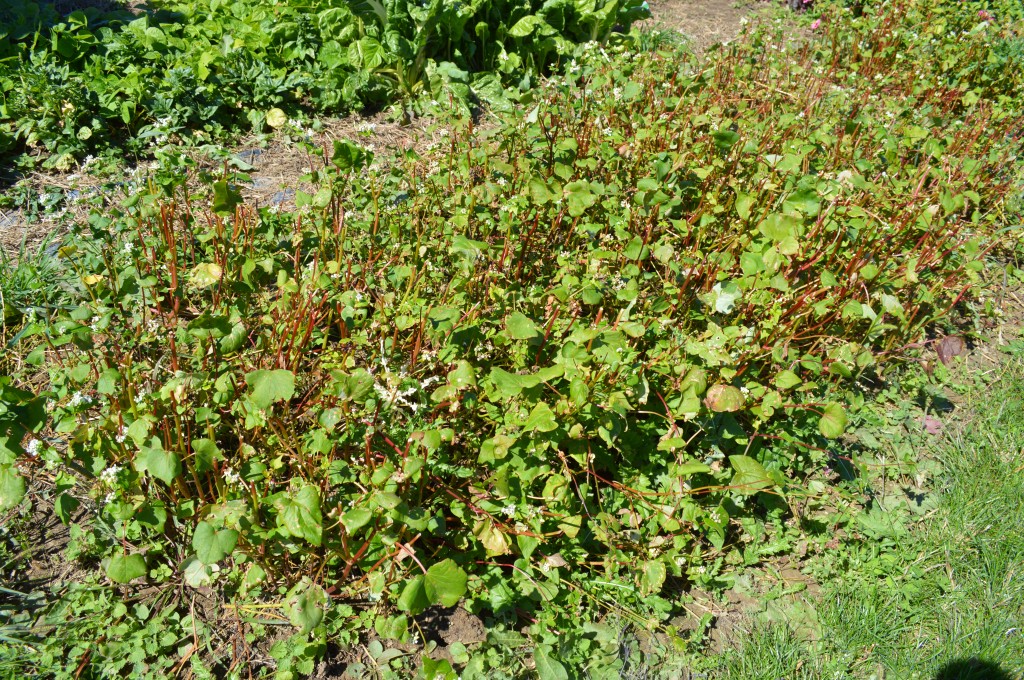
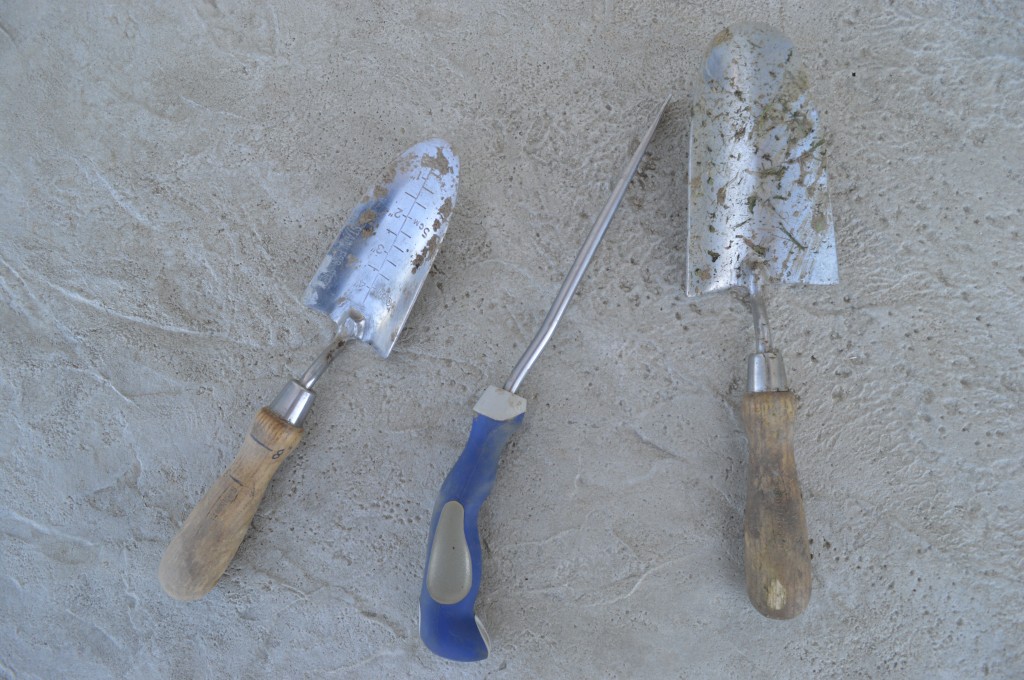
Comments 3
Due to health issues, we didn’t plant a garden this spring. This past weekend, while I was cleaning out the crazy weeds that had taken over the garden, I saw quite a few black widows come rushing out. That’s not the kind of spider we would want taking over the garden. Is there anything we can do to prevent poisonous spiders from taking over while still being able to provide ground cover? Thank you!
Author
Hi Tammy! Your comment gave me the chills…! Spiders are great; Black Widows are not. Fortunately for me, I have never had to deal with this issue, but food grade Diatomaceous Earth is great for organic bug control. Just dust the DE in the areas the BW’s are making their homes. Also, they should leave you alone so long as they don’t feel threatened, but I would still be sure to wear gloves and closed toe shoes in the garden area. Good luck! And, Happy Gardening!
Thanks so much for this checklist. Every year I intend to put my beds to rest for the winter as best I can, but I don’t always get around to it. Maybe this will help. Thanks, again – pinning!